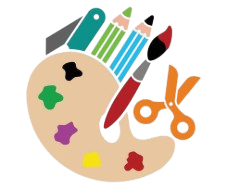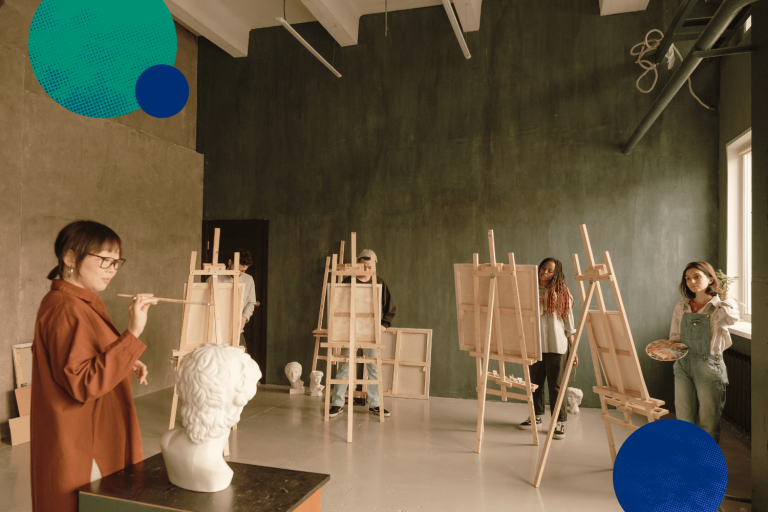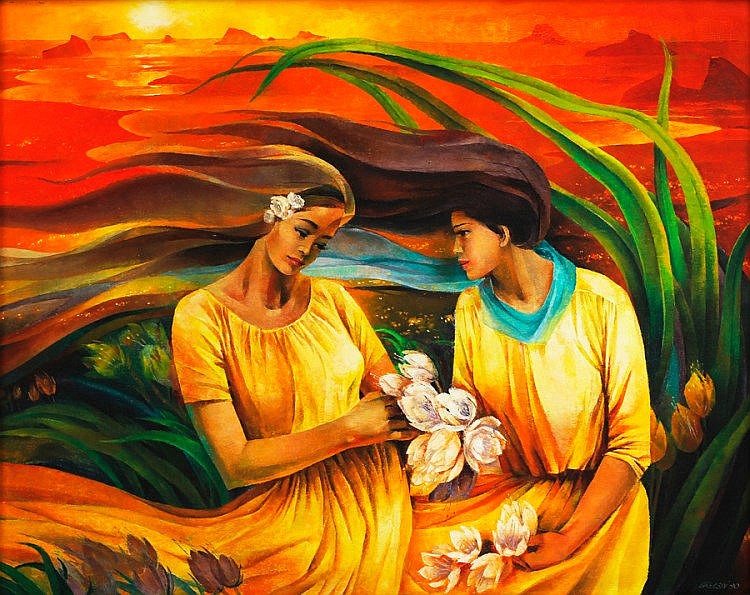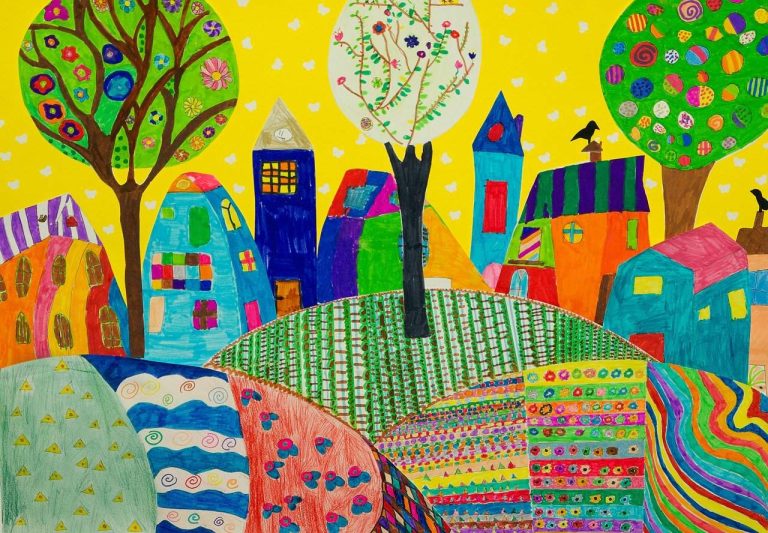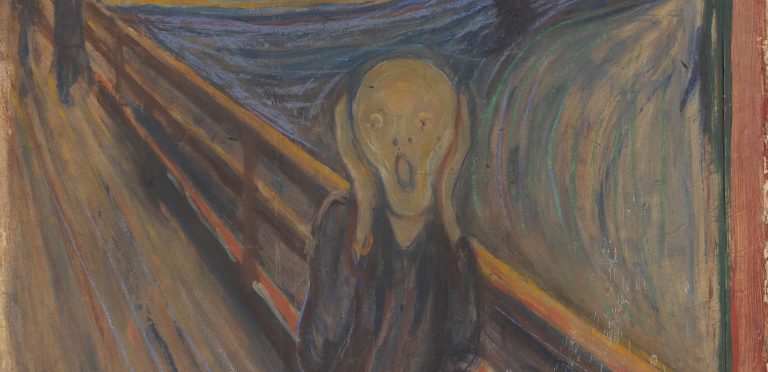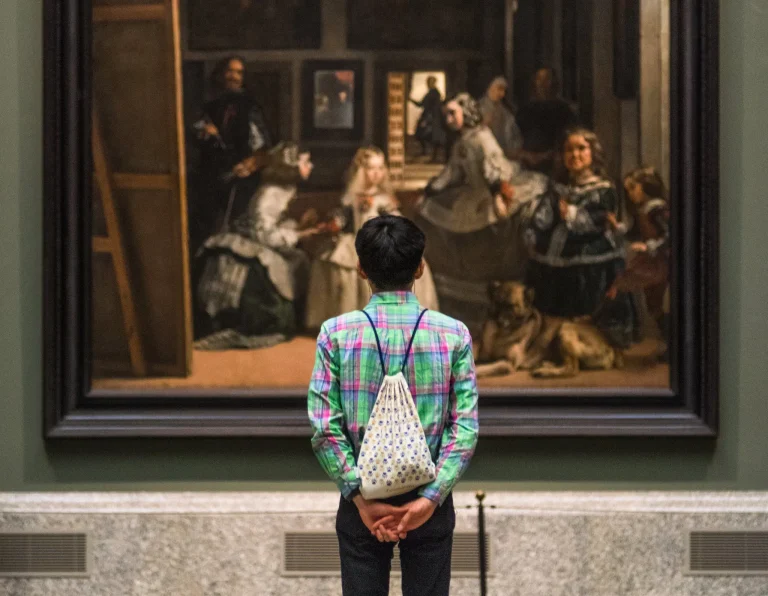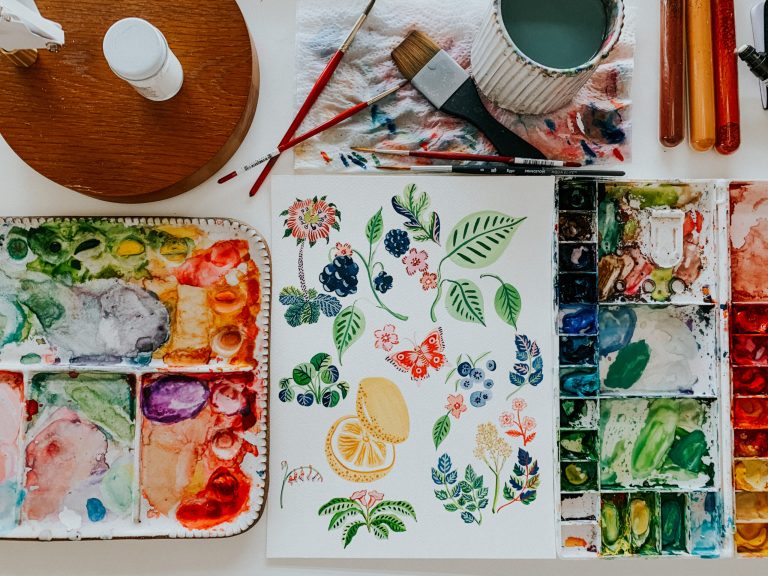14 National Artists: Examining Early Modernist Art
The early modernist movement is regarded as a watershed in the history of Philippine art. During this period, artists started to reject the strict academic traditions brought about by colonization and instead embrace new forms, techniques, and concepts that reflected both the shifting times and a quest for national identity.
The National Artists of the Philippines were among the most important individuals who spearheaded this change in the arts. The challenges, hopes, and changing consciousness of a people moving toward modernity were all reflected in their works. Let’s examine 14 National Artists in more detail whose works best capture the essence of early modernism in the Philippines.
1. Fernando Amorsolo (1892–1972)
Though often categorized as an academic painter, Amorsolo’s later works reflected a transition toward modernism. His luminous rural landscapes, genre scenes, and portraits gave Filipinos a sense of identity rooted in everyday life. He emphasized light, movement, and atmosphere in ways that opened the door to more modern approaches.
2. Victorio Edades (1895–1985)
Known as the “Father of Philippine Modern Painting,” Edades boldly challenged the dominance of Amorsolo’s romanticism. His works employed darker palettes, distorted figures, and expressive brushwork. Edades rejected idealized depictions, instead presenting the raw realities of life, labor, and struggle. He became the leading voice of early modernism in Philippine art.
3. Carlos “Botong” Francisco (1912–1969)
Francisco brought history, folklore, and cultural identity into modern visual language. His large-scale murals conveyed sweeping narratives of Philippine society, often with stylized forms and vibrant colors. While grounded in tradition, his modernist approach reinterpreted historical and cultural themes for contemporary audiences.
4. Vicente Manansala (1910–1981)
Manansala was a pioneer of transparent cubism, a style that blended modernist techniques with local subject matter. His works portrayed jeepneys, marketplaces, and mother-and-child figures through fragmented but harmonious compositions. His art symbolized modern urban life in the Philippines.
5. Hernando R. Ocampo (1911–1978)
Ocampo’s abstract works broke free from representational art entirely. Inspired by organic and biomorphic forms, he painted using bold shapes and colors that reflected growth, movement, and energy. His vision helped define the modernist spirit—experimental, imaginative, and unafraid of abstraction.
6. Cesar Legaspi (1917–1994)
A member of the so-called “Neo-Realists,” Legaspi drew from cubism to create works depicting the struggles of the working class. His paintings often presented muscular, distorted forms that conveyed resilience and dignity amidst hardship. His modernism was rooted in empathy for the human condition.
7. Arturo Luz (1926–2021)
Minimalist yet powerful, Luz’s geometric figures and linear compositions demonstrated that simplicity can carry profound meaning. His works stripped forms to their essence, aligning with international modernist aesthetics while still resonating with Filipino sensibilities.
8. J. Elizalde Navarro (1924–1999)
Navarro’s versatility made him stand out. From figurative works to abstraction, he bridged traditional art with modernist experimentation. His pieces reflected a restless energy and a search for balance between representation and innovation.
9. Ang Kiukok (1931–2005)
Known for his expressionist style, Ang Kiukok painted subjects like suffering, crucifixions, and human struggles in bold, angular forms. His art was deeply emotional, often unsettling, yet profoundly modern. He brought a raw, visceral quality to Philippine modernism.
10. Jose Joya (1931–1995)
As a leading abstract expressionist, Joya’s works were dynamic explosions of color and movement. His use of impasto, palette knives, and spontaneous brushstrokes embodied freedom and experimentation. His paintings conveyed both personal expression and the vibrancy of the Filipino spirit.
11. Federico Aguilar Alcuaz (1932–2011)
Alcuaz explored abstraction through color, rhythm, and fluidity. His works often balanced spontaneity with structure, representing a modernist sensibility that drew from both European influences and Filipino aesthetics.
12. Abdulmari Imao (1936–2014)
Imao brought Muslim and Mindanaoan culture into modernist expression. Using sarimanok motifs, okir patterns, and Islamic geometry, he created works that celebrated heritage while embracing modern forms. His art expanded the definition of Philippine modernism by including diverse cultural voices.
13. Benedicto Cabrera (BenCab) (b. 1942)
Though his peak works came later, BenCab’s early pieces already showed modernist tendencies—distorted forms, expressive brushwork, and themes of displacement. His “Larawan” series, inspired by colonial photography, reimagined history through a modern lens, merging past and present.
14. Napoleon Abueva (1930–2018)
The only sculptor in this list, Abueva is considered the Father of Modern Philippine Sculpture. He experimented with unconventional materials—metal, wood, stone, and even adobe. His abstract and figurative works pushed sculpture into new directions, aligning it with modernist sensibilities.
The Impact of Early Modernism
The early modernists reshaped Philippine art by:
- Challenging tradition – They questioned the dominance of idealized and romanticized academic art.
- Embracing experimentation – They explored cubism, abstraction, and expressionism, merging international movements with Filipino themes.
- Defining national identity – Their works addressed labor, heritage, faith, and culture, showing how modernism could still be distinctly Filipino.
- Paving the way for future generations – Without their courage to innovate, contemporary Filipino art would not have its current diversity and vibrancy.
Conclusion
The 14 National Artists discussed here remind us that early modernism in the Philippines was more than just a stylistic shift—it was a cultural awakening. These artists were not simply adopting Western techniques; they were redefining what it meant to be Filipino in a rapidly changing world.
Through distorted forms, bold abstractions, expressive colors, and reimagined traditions, they fed the imagination of a nation in search of its own voice. Their legacy continues to inspire artists today, proving that early modernist art was not just a phase in history but a foundation for the future of Philippine creativity.
